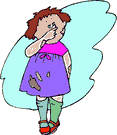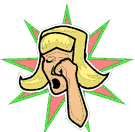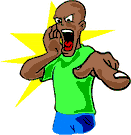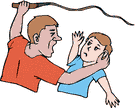
|
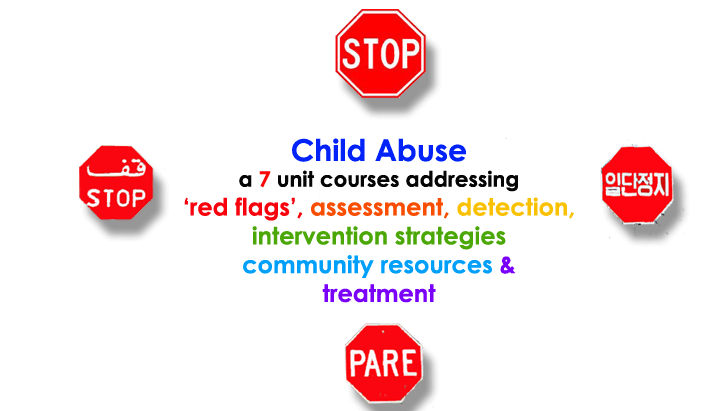
A
course for 7 hours of continuing education
Stop
Child Abuse
is a 7 unit
course
in fulfillment of the CA Board of Behavioral Sciences
and CA Board of Psychology mandated
course in Child Abuse Assessment and Reporting,
as well as meeting continuing education requirements
| How to Make a Report of Child Abuse in California
|
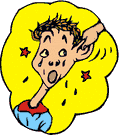
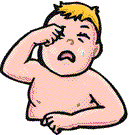
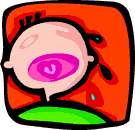
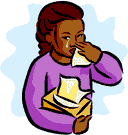
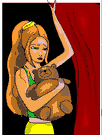
Child Abuse is Cowardice!
There is never an excuse to hurt a child!!!!
| Learning Objectives In this 7 unit course:
|

This course meets the qualifications for 7 hours of continuing education units
maintains responsibility for the program. |
|

| Reported incidents of child sexual abuse are markedly on the rise. What is especially shocking is the fact that these reports represent only a small portion of actual occurrences of sexual abuse. Incest affects individuals and families regardless of class, income, profession, religion or race. The statistics are truly alarming. It is currently estimated that one-third of all children are sexually abused before the age of 18. This includes 40% of all females and 30% of all males. The vast majority of these reports involve very young children, below age seven. Every year in this country, two million children are brutally beaten or sexually abused. 340,000 new cases were reported in 1989 (U.S. Advisory Board, April, 1991). Of these abused children, 3,000 to 5,000 die every year. In New York State alone, 200 bodies of sexually and physically abused children are found each year and not even identified. These are the ultimate victims. Children who are neglected or sexually abused are known to have lower IQs and an increased risk of depression, suicide and drug problems. Abused children are 53% more likely to be arrested as juveniles, and 38% more likely to be arrested for a violent crime. During preschool years, abused children are more likely to get angry, refuse direction from teachers, and lack enthusiasm. By the time they reach grade school, they are more prone to being easily distracted, lacking in self-control, and not well-liked by peers. Source: SEXUAL ABUSE: SURVIVING THE PAIN Barbara E. Bogorad, Psy.D, A.B.P.P.
|

The United Nations estimates that at least 1 million boys and girls are forced or coerced into the sex trade every year. This increases with the arrival of wealthy overseas tourists, compounding existing problems of poverty and disease. HIV infection rates among child prostitutes in Thailand, for example, are thought to be up to 75 per cent. (Source:The Japan Times, 25 May 2001) |
This 7 unit
course
addresses the
'red flags'
assessment,
detection,
intervention strategies
community resources,
developmental factors,
and
treatment regarding
child abuse
and may be taken in fulfillment of the CA BBS
mandated prelicensure requirement as well as for
continuing education for licensured professionals
Cost of the 7 unit course is $88
The e-book is $20, which is the course material without the post-test or credits
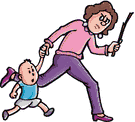
Child Abuse is Cowardice!
There is never an excuse to hurt a child!!!!
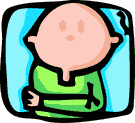
Table of Contents
What
do we owe our children?
Philosophical
Tenets of Child Protection
Principles
of Child Protection
